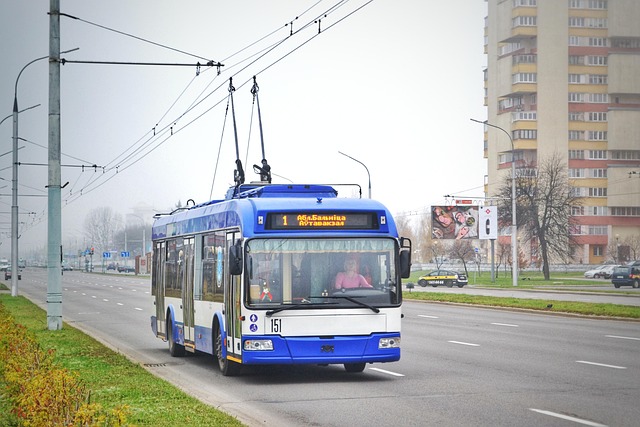As urban centers around the world grapple with the pressing challenges of climate change and urban congestion, innovative solutions are more critical than ever. Enter the trolleybus, a transportation marvel that effortlessly blends traditional infrastructure with modern green technologies, paving the way towards a sustainable future. The resurgence of trolleybuses in cities across the globe symbolizes a step towards achieving carbon neutrality, shrinking our ecological footprint while enhancing urban mobility.
Trolleybuses, powered by electricity transmitted through overhead lines, stand out in their commitment to sustainable development. Unlike conventional diesel buses, which contribute to air pollution and greenhouse gas emissions, trolleybuses operate with zero tailpipe emissions. They offer clean, efficient, and quiet transportation, making them an appealing choice for cities seeking to improve air quality and reduce noise pollution. This advantage is particularly significant as urban areas become increasingly densely populated and environmentally conscious inhabitants call for greener transportation options.
Moreover, many cities are now investing in battery or hybrid trolleybuses, which combine the benefits of traditional trolleybus systems with enhanced flexibility. These advanced vehicles can operate without relying exclusively on overhead wires, allowing for expanded routes and easier integration into urban landscapes. With features like regenerative braking, which captures and reuses energy during stops, trolleybuses exemplify the potential of green technologies in transportation systems. This not only helps in decreasing operating costs but also contributes to further reductions in carbon emissions.
Transitioning to trolleybus systems also involves infrastructural investments, which present unique opportunities for sustainable economic development. The construction and maintenance of trolleybus networks can create a multitude of jobs while stimulating local economies. This fosters community support and collaboration, vital components in the journey towards a more sustainable mobility ecosystem. As cities rise to meet sustainability targets, trolleybus networks can enhance public transit accessibility, decrease reliance on personal vehicles, and encourage eco-friendly practices among residents.
Furthermore, the extensive benefits of trolleybus systems extend to urban planning. The integration of dedicated trolleybus lanes can reduce traffic congestion and enhance the overall transit experience. Unlike traditional bus systems, trolleybuses promote more efficient route planning and schedule reliability, compelling more individuals to embrace public transportation over personal vehicles. This cultural shift is essential in cultivating a sustainable mindset among urban dwellers, raising awareness of the importance of reducing individual carbon footprints.
In recent years, cities such as San Francisco, Geneva, and Zurich have embarked on revitalizing their trolleybus fleets, reflecting a broader global trend towards sustainable public transport. These revitalizations showcase the potential for adaptability and resilience in transitioning to a more ecological transportation system. This proactive embrace of trolleybus technology illustrates that a greener future is indeed achievable, provided that cities commit to exploring diverse, innovative solutions in their quest for carbon neutrality.
As we continue to navigate the challenges of our time, the trolleybus stands out as more than just a transportation option—it is a symbol of our collective commitment to a sustainable, carbon-neutral future. Through harnessing the power of green technologies and sustainable development principles, we can rebuild urban mobility in a way that respects our planet while enhancing the quality of life for all its inhabitants. The journey towards a sustainable future is on the horizon, and with trolleybuses steering the way, it is one we can all embrace with optimism.




